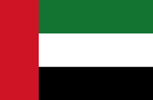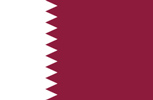Acne
Hair Technologies
Face-lifting & Skin tightening
Skin Rejuvenation
Skin Resurfacing
Pigmentation & Vascular Removal
Body Shaping
Injectables
Dermatology
Acne Monotherapy
Hair removal
Fine hair removal
Hair bleaching
DermaFacial
Pores reduction
Stretch marks
Dermal pigmentation
Tattoos
Vascular lesions
HA Fillers
Inflammatory Acne
UV phototherapy
Medical furniture & accessories
Treatments & diagnostic
Hair removal
Fine hair removal
Hair bleaching
DermaFacial
Texture & Laxity
Toning
Pores reduction
Hypertrophic scars
Acne/Atrophic scars
Stretch marks
Epidermal pigmentation
Dermal pigmentation
Tattoos
Vascular lesions
HA Fillers
Inflammatory Acne
UV phototherapy
Medical furniture & accessories
Treatments & diagnostic
Oops 404 error
The page you are looking for doesn't exist anymore or you have entered a wrong address
Dubai
-
Contact
- Contact us
- Careers
- Offices










